It is believed by most of people that mental illness is nothing serious. People don’t seem to take mental illnesses seriously which results in excruciating conditions for patients. According to WHO (World Health Organization), 1 in 5 adults suffers from some mental illness in a given year.
There are more than 200 classified forms of mental illness, some of which you may have heard. Mental illnesses can affect not only the patient but the people around them as well. If not treated cautiously the illness can cause great harm to a number of people. Below is the list of the most common and severe mental illnesses that affect people.
Top 15 Most Common and Severe Mental Illnesses
1. Bipolar Disorder
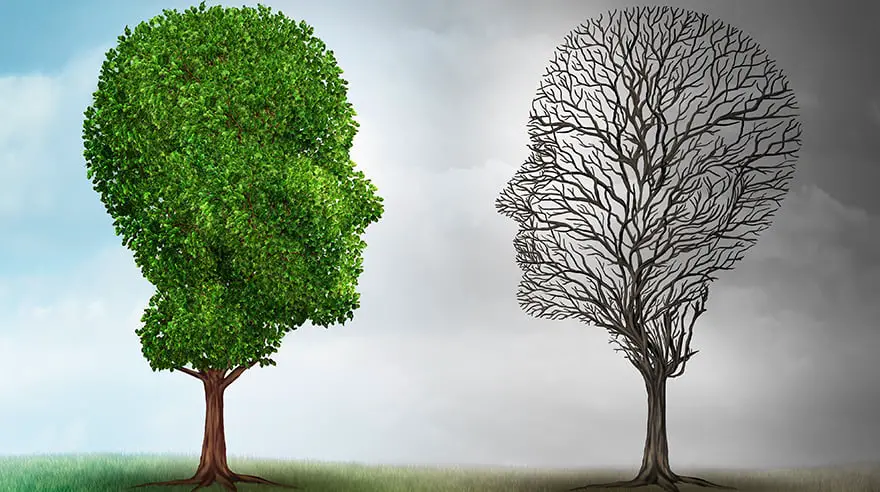
It is a brain disorder that results in unusual shifts in mood, energy and the ability to carry out day-to-day activities. The patient suffers from extreme mood swings, ranging from mania to depression. When the mood shifts to mania or hypomania (less extreme than mania), the patient may feel excited, full of energy or unusually irritable. These mood swings affect sleep, judgement, behaviour and the ability to think.
Bipolar feels like one’s brain is a rope in a tug of war between extreme mania and crippling depression. Treatment can help a patient suffering from this condition but it cannot be cured and may last for years. There are more than 10 million cases per year in India only.
2. Schizophrenia
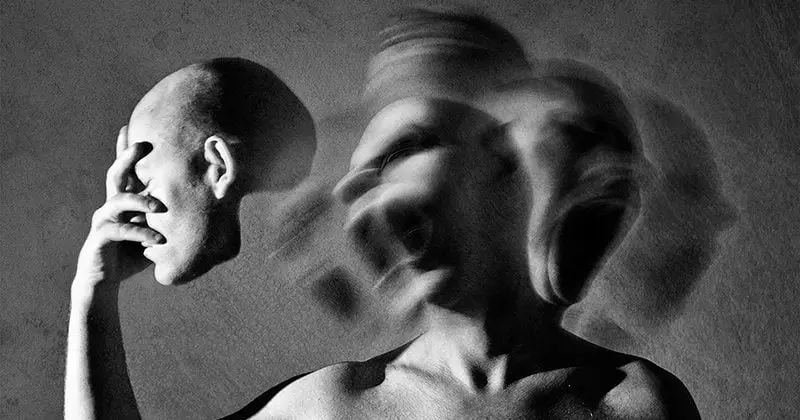
This mental disorder affects a person’s ability to think, feel and behave clearly. It usually appears in either late adolescence or early adulthood. The patient suffering from this disorder hears voices and thoughts inside their head which are not particularly theirs. The voices tell them to do things that are morally wrong. Even when the person is quiet, the voices will speak repeatedly. The patient also suffers from memory loss and has difficulty concentrating. It can literally drive a person crazy as they have no way to find a single moment of peace.
3. Borderline Personality Disorder
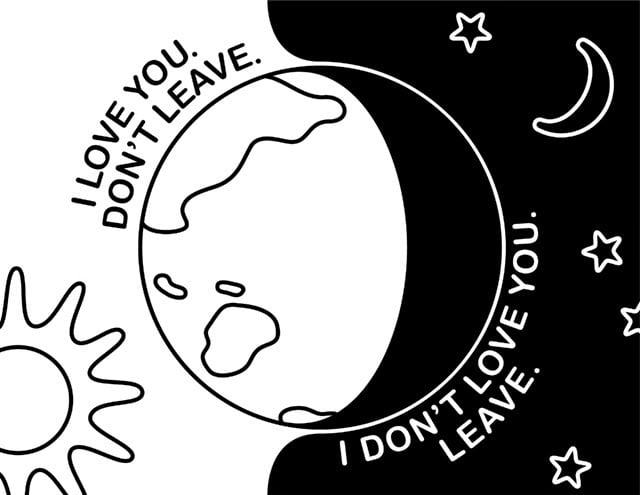
This illness results in varying moods, behaviour and self-image. It often results in impulsive actions and problems in relationships. The person with BPD has trouble finding their true self, they blame people for feeling unloved and unworthy but at the same time, they want people to be around them too. They play a push and pull game without even realising. It is a chronic illness and may last a lifetime.
4. Depression
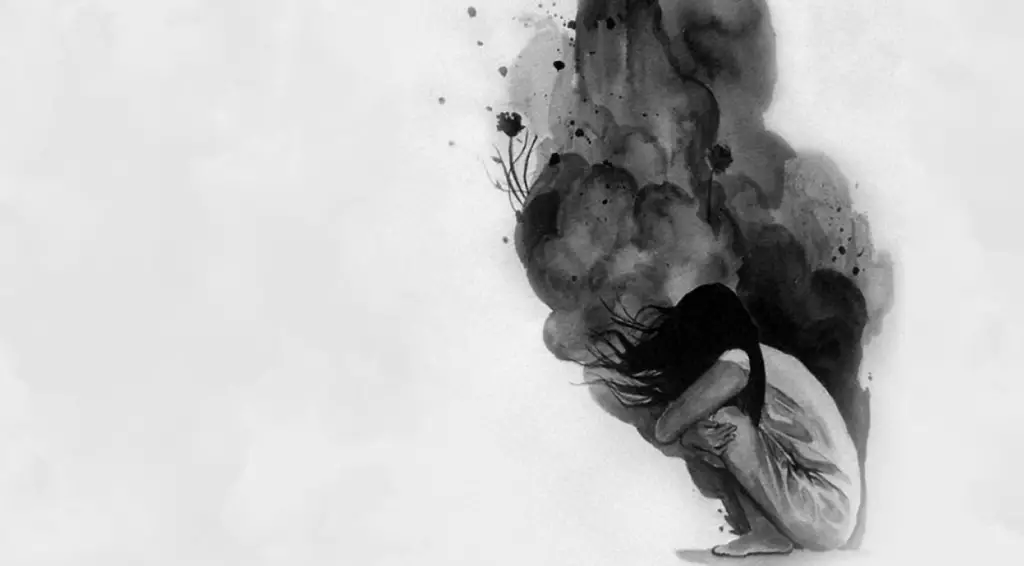
Sadly, depression is the most common of all mental disorders. It can occur at any point of life and affect a person for the short or long term, depending on their response to the treatment. The treatment usually includes meditation and talk-therapy sessions or sometimes both. A person who has depression feels low or depressed most of the time. They lose interest in activities, feel sad and get angry over little things. There are many cases where depression instigates a person to harm himself or commit suicide. A person suffering from depression needs constant attention and support from doctors, family and friends.

Also known as sociopathy, this mental illness makes a person ignorant of other’s feelings and have no sense of what’s right and what’s wrong. They take pleasure in other people’s pain and often get horrific thoughts about killing and torturing people. They do not like to be around people as it gets really annoying for them. A person with an antisocial personality disorder will typically be deceitful, reckless and devious, and won’t have any regard for anyone else’s feelings. This disorder can affect the patient for a long period as it doesn’t have any proper cure.
6. Post-Traumatic Stress Disorder
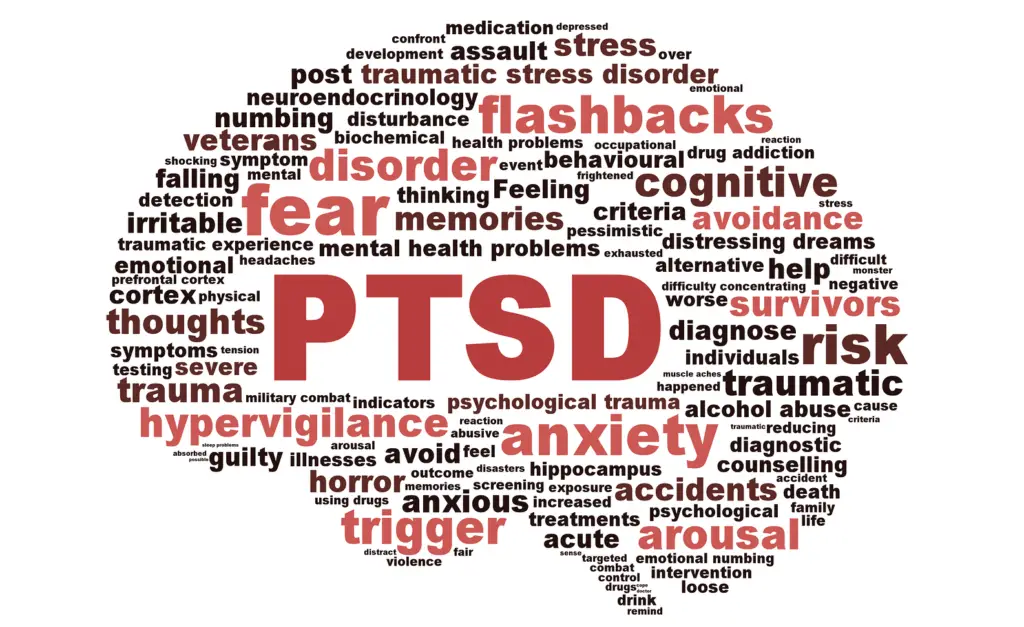
PTSD is developed in those people who have experienced a dangerous and traumatic event, and fail to recover after it. The person is involuntary and vividly relives the event in the form of flashbacks, nightmares, and physical sensations such as pain, sweating, trembling, and distressing images or sensations. The good news is, that this condition is curable with proper medical attention and could be resolved within months.
7. Dissociative Identity Disorder
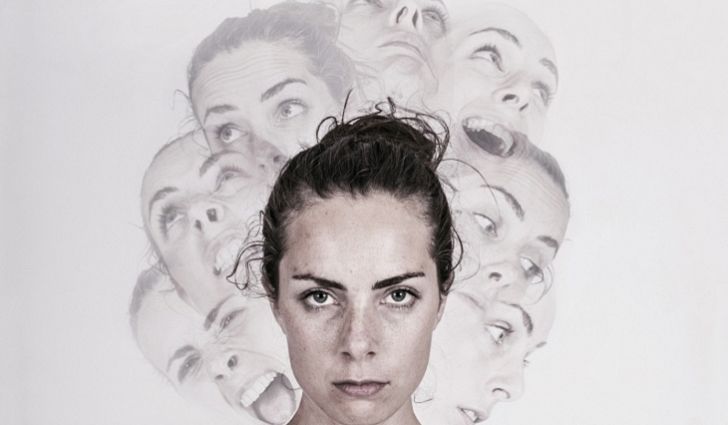
Previously called Multiple Personality Disorder, this illness is basically a reaction to trauma so as to avoid the bad memories from the distressing event. It is basically characterized by the presence of two or more distinct personalities. Every personality is different from each other in terms of names, habits, attitudes, personal history, and other characteristics. It’s like having different people in one body. This disorder has inspired many movies, some of which you may have watched.
Read also – Top 15 Common Phrases With Their Interesting Origin Stories
8. Obsessive-Compulsive Disorder
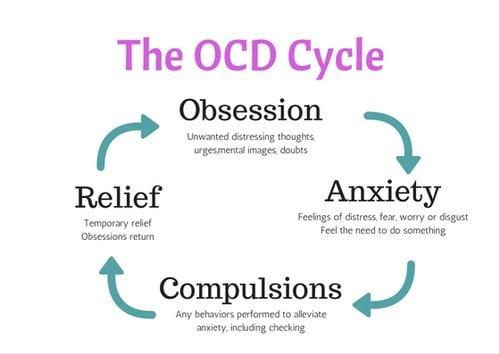
OCD is a common and chronic illness in which the person has recurring, uncontrollable thoughts (obsession) and repetitive behavior (compulsion) that he or she feels the urge to repeat over and over. You must have seen people with OCD who cannot help their urges to clean, worry about germs or organize objects in a specific manner. They can get highly disturbed if they don’t get things done the way they want. This illness can be helped but not cured by talk therapy or medication.
9. Schizoaffective Disorder
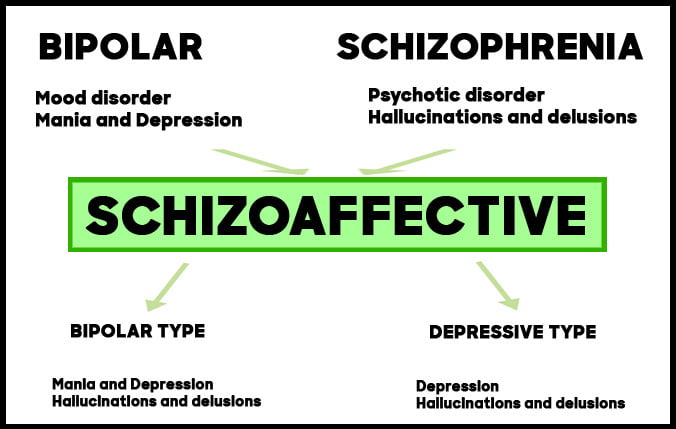
This mental illness is a combination of schizophrenia symptoms, such as delusions and hallucination, and mood disorders, such as mania or depression. Schizoaffective disorder is a life-long illness that can affect the patient’s day-to-day life including school, work, friend, and other social contacts. Most people with this illness have periodic episodes when these symptoms surface. While there is no cure for this disorder, symptoms can be controlled with a combination of medication and counseling.
10. Anxiety Disorder
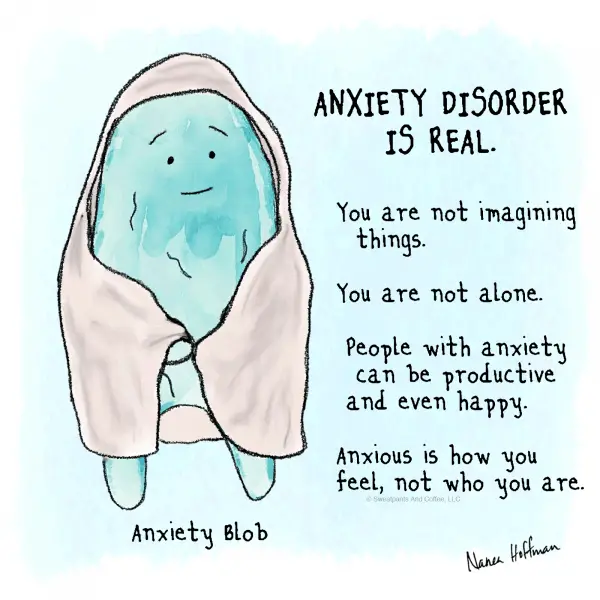
Imagine sitting in a chair and getting a strong feeling that you’re about to fall but you don’t. That’s what it’s like to have an anxiety disorder. People suffering from this disorder feel constant anxiety and stress for no apparent reason. Treatment for this disorder includes counselling and medication, including antidepressants. If left untreated, this illness can reduce productivity and diminish the individual’s standard of living.
11. Misophonia
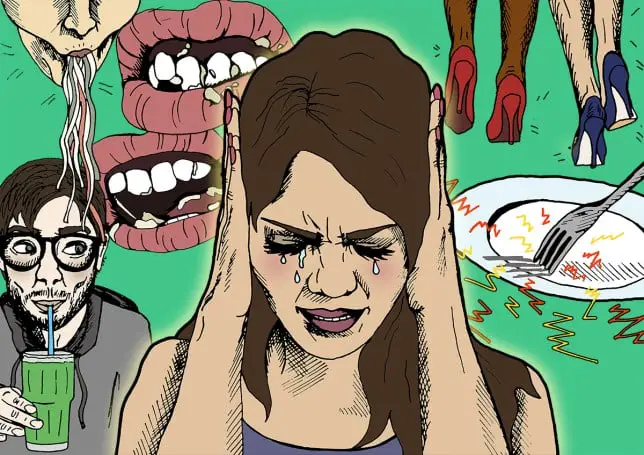
Misophonia is a condition in which emotional and psychological responses are triggered by certain sounds such as dripping water, chewing, horns, pencil tapping noises and other repetitive noises. Every patient has different trigger sounds and they can become highly enraged or irritated on hearing them. It can last for years or lifelong and affects all kinds of age groups. Treatment may include therapy or lifestyle recommendations with soundproof living area or sound protection.
12. Depersonalization Disorder

This mental condition can cause a person to experience a recurring feeling of being outside of their body and a sense that what’s happening around them may not be real. The affected person may feel as if he/she is in a dream. The patient might experience lack of sensory stimulation and a sensation of not being in control of one’s body, including speech. Depersonalization disorder usually occurs during adolescence or early adulthood. Treatment of depersonalized disorder involves psychotherapy.
13. Attention Deficit Hyperactive Disorder

Symptoms of ADHD include inattentiveness, hyperactivity and impulsiveness. In some cases, if the patient hears a sound, that’s all he/she can think about. They have trouble focussing on more than one thing at a time. Symptoms of this condition tend to be noticed at an early age. Most cases diagnosed are between the age of 6 and 12. The symptoms of ADHD usually improves with age, but many adults who were diagnosed with this condition continue to experience problems. Treatment includes talk therapy sessions and medication.
14. Paranoid Personality Disorder

Having this disorder can destroy a family. The person has an unwarranted tendency to interpret the actions of other people as threatening and demeaning. This condition is marked primarily by distrust and suspicion of others. People suffering from this illness develop paranoid thoughts about their partners in their head, which they believe are real and no persuasion or proof can change their mind. The most effective way to treat this condition
15. Excoriation Disorder

Also known as Skin Picking Disorder or Dermatillomania, excoriation disorder is a mental illness in which a person constantly picks his/her own skin. This illness is related to Obsessive-Compulsive Disorder. It is characterized by repeatedly picking at one’s skin to the extent that it causes wounds. Most people don’t know that they have it. They pick their moles, freckles, pimples and scars to smooth them and also when they are asleep or anxious. The best way to treat this condition is a combination of talk therapy and medication.
Read also – Top 15 Indian Dishes Every Food Enthusiast Must Try!
all the time i used to read smaller content that as well clear their motive, and that is also happening with
this piece of writing which I am reading at this time.